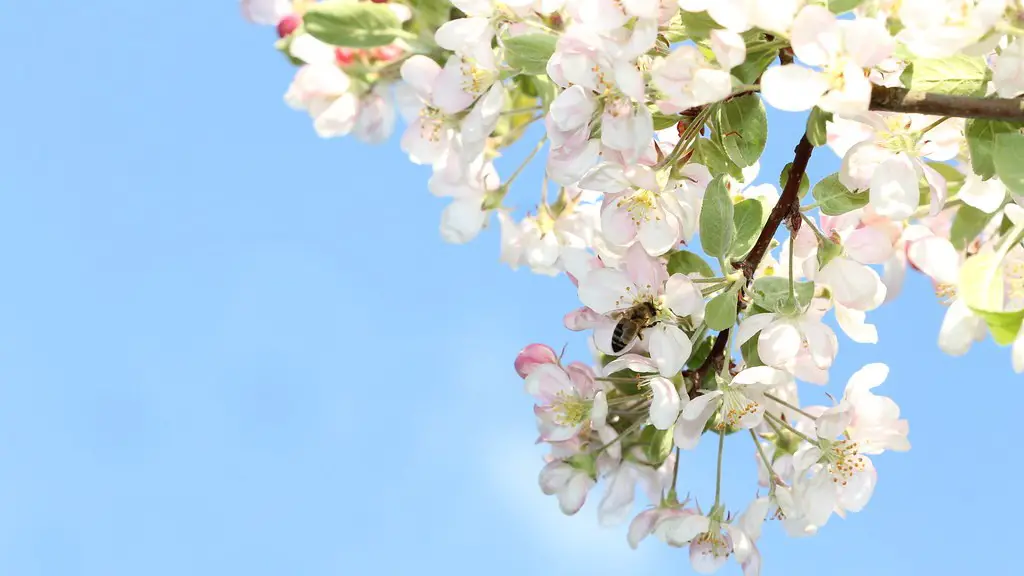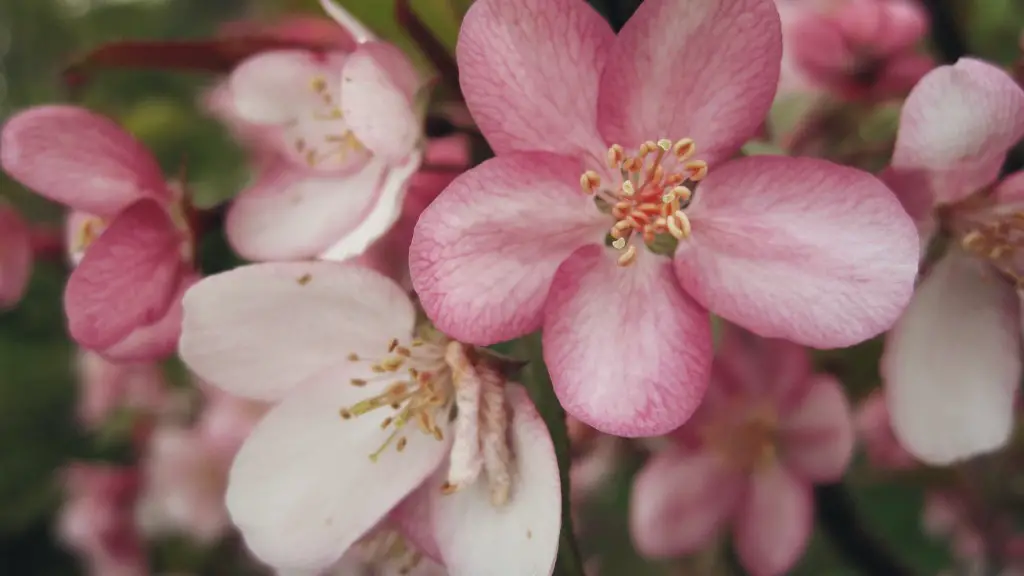The yellowing, curling leaves of your lemon tree may indicate a nutrient deficiency, stress from drought, a pest infestation, or any combination thereof. Study the soil in which your tree is planted and the leaves for premature yellowing and curling to diagnose the underlying cause. Addressing the problem quickly helps ensure that your lemon tree stays healthy.
If the yellowing and curling leaves are accompanied by dry soil, diagnose the lemon tree with symptoms of drought stress. Allowing the soil to dry out too much deprives the lemon tree of vital water resources. Consequently, the lemon tree can become susceptible to infestations of pests, diseases, or nutrient deficiencies. Give your lemon tree an inch of irrigating water each week and monitor the health of the tree.
If the soil remains wet, investigate whether the tree is absorbing all the necessary nutrients. Review the surrounding soil for excess levels of nitrogen by containing the pH level of the soil. Alternatively, you could introduce a compost that contains natural organic matter, such as banana peel or composted cow dung, to create the proper pH balance for optimal nutrient absorption.
If the leaves present dark yellow spots, your lemon tree may be under attack from an insect infestation. Check the stems and leaves for signs of pests, such as spider mites, aphids, or mealybugs. These pests feed on the sap of your lemon tree, reducing the nutrients available to its leaves and branches. To treat the infestation, use a commercially available insecticidal soap or a combination of garlic, Neem oil, and dishwashing liquid.
However, if leaves are yellowing and curling without any apparent signs of pests, diseases, or nutrient deficiency, your lemon tree could be suffering from a lack of exposure to sunlight. Lemon trees naturally require exposure to 12 to 14 hours of sunlight each day. The lack of exposure to natural light can encourage yellowing of leaves and curling. Move your lemon tree to a sunnier spot, fertilize the soil regularly, and prune the branches and leaves to maintain its healthy appearance.
Nutrient Deficiency
Nutrient deficiencies are often the most common cause of yellowing and curling leaves on lemon trees. While the soil may appear suitable, there could be an underlying deficiency of essential elements including manganese, sulfur, nitrogen, and iron. If the soil has excess levels of nitrogen, the tree will struggle to absorb the necessary minerals. To treat a nutrient deficiency, perform a soil test to confirm the elements present in the soil and introduce a fertilizer that provides a balanced combination of minerals.
If the soil pH level is unbalanced, add lime or sulfur to correct the pH level and promote proper nutrient absorption. Additionally, you can use a chelated iron fertilizer to provide additional amounts of iron and other nutrients. Making sure that your lemon tree receives all its required nutrients helps boost its natural defences against yellowing and curling of leaves.
Drought Stress
Watering a lemon tree on a regular basis helps ensure that the soil surrounding the tree remains moist, which is essential for proper nutrient uptake. If the soil becomes too dry, however, the tree becomes stressed and its leaves can become yellow and curl as a result. Monitor the soil’s moisture levels and provide between 1/2 to 1 inch of water per week using a soaker hose. You can also add mulch around the tree to conserve the water.
Pest Infestation
Inspect your lemon tree regularly for signs of insect infestation. The most common pests that affect lemon trees are spider mites, mealybugs, and aphids. To combat an infestation, use insecticidal soap, neem oil, garlic, or a combination of these products. Make sure to use mild concentrations and dilute the mixture with water before application to ensure the health of the tree.
Lack of Sunlight
The natural light provided by the sun does more than just warm and brighten your lemon tree. It also helps the tree absorb vital nutrients from the soil, which helps keeps its leaves healthy. If the tree does not receive enough sunlight, its leaves can become yellow and curl up as a result of poor nutrient uptake. To address this, make sure that your tree gets at least 12 to 14 hours of direct sunlight per day. You could also prune the branches and foliage of the tree to increase light penetration.
Soil and pH Levels
To ensure healthy growth of your lemon tree, make sure you adjust the soil on a regular basis. Test the pH levels and use a fertilizer that contains the necessary amounts of nitrogen, sulfur, and other vital minerals. Additionally, you could add organic matter to the soil to improve its drainage and porosity. Finally, if you see that the soil has too much nitrogen, use lime or sulfur to reduce the pH level.
Fertilization
Fertilizing your lemon tree helps provide essential minerals and nutrients, which in turn increases its resistance to yellowing and curling of leaves. You can either use a commercial lemon tree fertilizer or one with a balanced combination of minerals, such as nitrogen, sulfur, and iron. Additionally, use water-soluble fertilizers to help the tree absorb the nutrients more efficiently.



